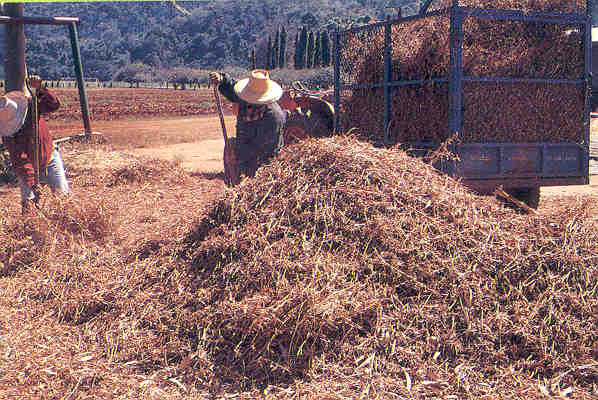 |
 |
||
| Definition The incorporation of stubbles is the incorporation of crop residue left in the farm after the harvest. Start the incorporation during the preparation of plantation. Then, leave the land for a period of time in order to proceed soil decomposition before planting. Type and amount of stubbles 1.
Stubbles and rice straw 26.9 million ton/year How to incorporate stubbles 1.
The incorporation of stubbles in paddy-field 2.
The incorporation of stubbles in farm crops and vegetable plantation. |
 |
|
| 1.
Type of stubbles Stubbles hard to be decomposed like stubbles
or rice straw take 20 days for the decomposition. Corncob and bean
trash take only 15 days for the decomposition. The advantage
of stubbles incorporation The
result of burning stubbles to soil properties and the environment |
||